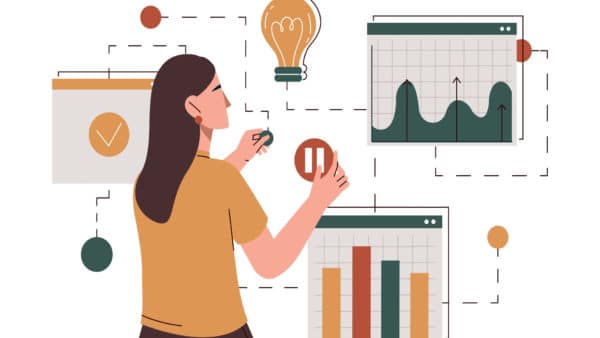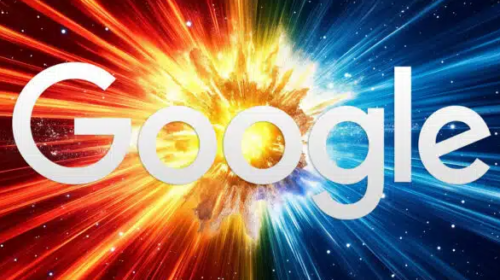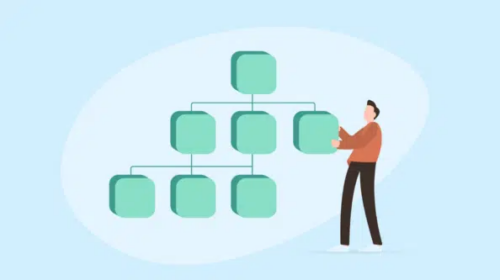Bad website design: Bad for SEO, UX and business
Are these design elements slowing your download times and keeping your website from doing what you need it to do: earn you more business?
- Search engines want to provide answers to their users in one click or less.
- If you design your website with the idea of getting answers to visitors’ questions as efficiently as possible, your site should earn more attention in organic search
Search engines must keep their users happy to retain and/or grow their market share. Therefore, it’s in their best interest to send people to websites that they calculate will give users a good experience.
Bounce rates increase 32% when download times went from 1 to 3 seconds, according to Google. Also, bounce rates increase dramatically at 3 seconds, while page views also drop off, according to Pingdom.
Both of these stats are a bit old, but there’s no evidence to suggest people are any more patient today.
The challenge I most often run into with brands is that they design their websites in a way that hampers the “one click or less” goal. They incorporate things into their designs like:
- Large autoplay videos (sometimes with sound).
- Large hero images that push informational content far below the fold (add heroes that rotate through a slideshow and the experience is even worse).
- Custom fonts that are not likely to have been installed on the local machines of their visitors.
All of these design elements (and others) detract from user experience, conversion optimization and accessibility standards.
Examples of bad design and UX
Both of these examples show the filmstrip view of the page load over time on WebPageTest.org, a popular site for testing download times that has been recommended by some Googlers. I simulate a Galaxy S7 smartphone over an LTE connection in both examples.
Charity website

This website has a large autoplay video on its home page that pushes much of the main content below the fold.
In the tests I ran, nothing appeared in the viewport until 3 seconds into the load. The CTA at the top of the page is visible, but only the logo’s alt text shows. Some text is hard to read because it is light gray; it is intended to display as an overlay on the darker video.
Visitors may even miss that they are on the right website because the logo does not display until 4.5 seconds into the load and the alt text is difficult to read.
If we are to believe the data from Google and Pingdom, it’s quite likely that unless someone taps on the CTA at the top of the page, they are quite likely to bounce before getting the main message of this organization.
Well-known brand website

This website has a large hero image pushing content below the fold and a custom font that must be downloaded before anything displays.
You can see from the example that nothing other than the hamburger menu displays until 4 seconds into the load.
Here’s a hint: If you have to include some sort of download timer to let people know something is on the way, it’s too big.
Part of the reason the content takes a long time to display is that the custom font alone takes around 4 seconds to download. No text appears until 6 seconds into the load, and that’s only the cookie notice.
All told, it takes longer than 10 seconds for this page to completely download. When the page finishes loading, the only thing you can see other than the hero image is the cookie notice.
To be fair, there is a lot more going on in these examples than large videos, huge heroes, and custom fonts. There are also JavaScript and CSS files, third-party tracking, and more also jamming up the download streams. Those are likely a subject for another time.
Why bad UX happens
When I talk with designers and developers about challenges like this, I’m often given the same justifications:
- “Everyone else is designing their websites like this.” This kind of excuse didn’t work when we were kids. Why do some adults think it’s still acceptable?
- “The search engines are unfair in how they judge download times. Our tools tell us everything is OK.” There are many reasons to believe that the search engines are being unfair about evaluating download times. In the end, it really doesn’t matter. If we want to compete, we need to be faster!
- “But … branding!” Yes, branding is important. But is it so important to risk losing potential customers because the website is too slow?
Avoid these pitfalls
It’s our job to help our clients, partners, and colleagues create engaging sites that download quickly and meet the expectations of website visitors while still looking good.
Doing so will help earn more attention from organic search results and increase business.





